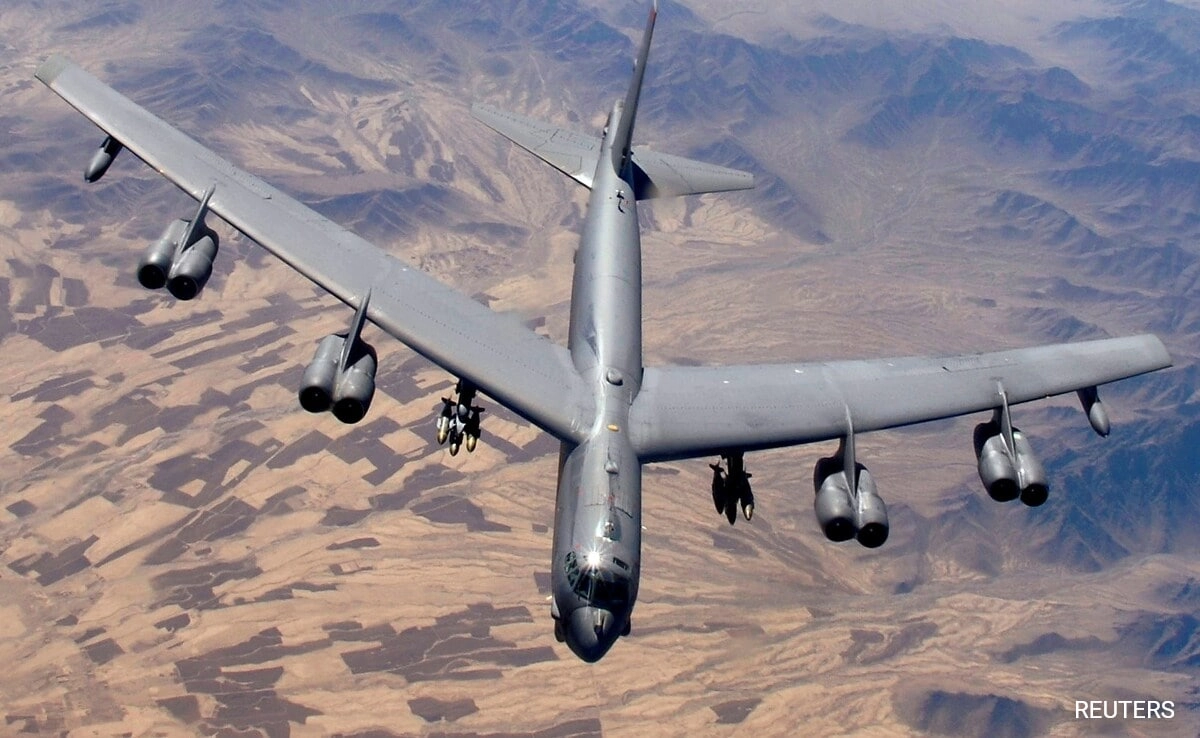In a recent incident that has raised concerns about aviation safety protocols, the U.S. Air Force revealed that North Dakota authorities failed to notify a B-52 bomber crew about an approaching airliner. This lapse in communication occurred during a routine training exercise, highlighting potential gaps in the coordination between military and civilian air traffic operations. The B-52 bomber, a long-range strategic bomber that has been in service since the 1950s, was conducting its maneuvers when an airliner entered the airspace. The Air Force’s acknowledgment of this oversight underscores the importance of robust communication channels to ensure the safety of both military and civilian aircraft.
The incident has prompted discussions about the need for improved protocols that can prevent similar situations in the future. Air traffic control systems are designed to monitor and manage the flow of aircraft, but when military operations intersect with civilian air traffic, the stakes can be particularly high. The failure to alert the bomber crew could have resulted in a dangerous situation, emphasizing the critical need for collaboration between military and civilian aviation authorities. Both sectors must work together effectively to ensure that all aircraft are aware of each other’s presence, especially in shared airspace.
Furthermore, this incident serves as a reminder of the complexities involved in airspace management. Military aircraft often operate under different guidelines and protocols compared to commercial airliners, and these differences can lead to misunderstandings if not addressed properly. As air traffic increases globally, the potential for conflict in the skies also rises. Consequently, it becomes increasingly essential for both military and civilian entities to refine their communication strategies and protocols. This can help create a safer environment for all types of air travel, reducing the likelihood of close encounters between military and commercial aircraft.
In conclusion, the Air Force’s revelation regarding the failure of North Dakota authorities to warn a B-52 bomber about an approaching airliner has sparked important conversations about aviation safety and coordination. Moving forward, it is crucial for both military and civilian aviation sectors to enhance their communication systems, ensuring that such oversights do not recur. By prioritizing collaboration and establishing clear protocols, authorities can work towards a safer airspace for all, ultimately protecting the lives of passengers and crew members alike.




